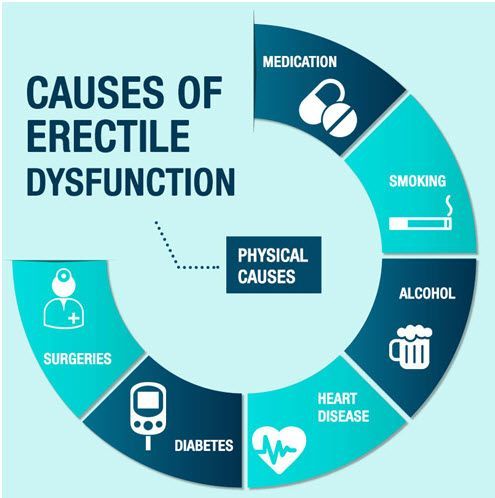Balancing Work and Family: Women’s Health Issues
Women today face unique challenges when it comes to balancing their work and family life. The traditional roles assigned to women as caregivers and homemakers, combined with the pressures of the modern workforce, can have a significant impact on their physical and mental health. It is essential for women to prioritize their own well-being in order to achieve a healthy work-life balance.
The Double Shift
One of the main reasons why women struggle to balance work and family is because they often find themselves juggling multiple responsibilities simultaneously. The “double shift” phenomenon refers to the expectation that women will not only excel in their careers but also fulfill household duties and take care of their family members.
This additional workload can lead to increased stress levels, fatigue, and ultimately, negatively impact women’s health. Women must learn to delegate, prioritize tasks, and set boundaries in order to manage their time effectively and take care of their own well-being.
Taking Care of Mental Health
The constant juggling act between work and family can take a toll on women’s mental health. It is crucial for women to recognize the signs of burnout and stress, such as feelings of constant overwhelm or irritability. Taking proactive steps to manage mental health is essential.
Women should build a support system, including trusted friends and family members, to lean on during challenging times. Additionally, seeking professional help through therapy or counseling can provide women with the necessary tools to cope with the pressures of balancing work and family.
The Importance of Self-Care
Amidst the hustle and bustle of daily life, women often neglect self-care. However, prioritizing self-care is essential for maintaining good health and well-being. Simple practices, such as getting enough sleep, engaging in regular physical exercise, and nourishing the body with a balanced diet, can make a significant difference in women’s overall health.
Moreover, carving out time for activities that bring joy and relaxation, such as hobbies, reading, or taking a bath, can help women recharge and reduce stress levels. Women must remember that self-care is not selfish; it is an investment in their own health and happiness.
Breaking Stereotypes
Gender stereotypes and societal expectations often dictate the roles women are expected to play in both the workplace and the home. Challenging these stereotypes is crucial in achieving a healthier work-life balance.
This can involve advocating for flexible work arrangements, such as remote work or flexible hours, to allow for better integration of work and family responsibilities. By breaking free from traditional norms, women can create an environment that allows them to thrive both personally and professionally.
Supportive Workplace Culture
Creating a supportive workplace culture is essential in ensuring women can successfully balance work and family life. Employers need to recognize the unique challenges women face and implement policies that support their well-being.
This can include providing resources, such as on-site child care or flexible parental leave policies, as well as fostering a work environment that promotes work-life balance. Empowering women through mentorship programs and leadership opportunities can also help women feel supported and valued in their careers.
In Conclusion
Balancing work and family is a constant challenge for women, but prioritizing their own health and well-being is essential. By recognizing the impact of the “double shift,” taking care of mental health, prioritizing self-care, challenging stereotypes, and fostering a supportive workplace culture, women can achieve a healthier work-life balance and lead fulfilling lives.
Remember, women’s health matters, and finding equilibrium between work and family is the key to achieving overall well-being.


